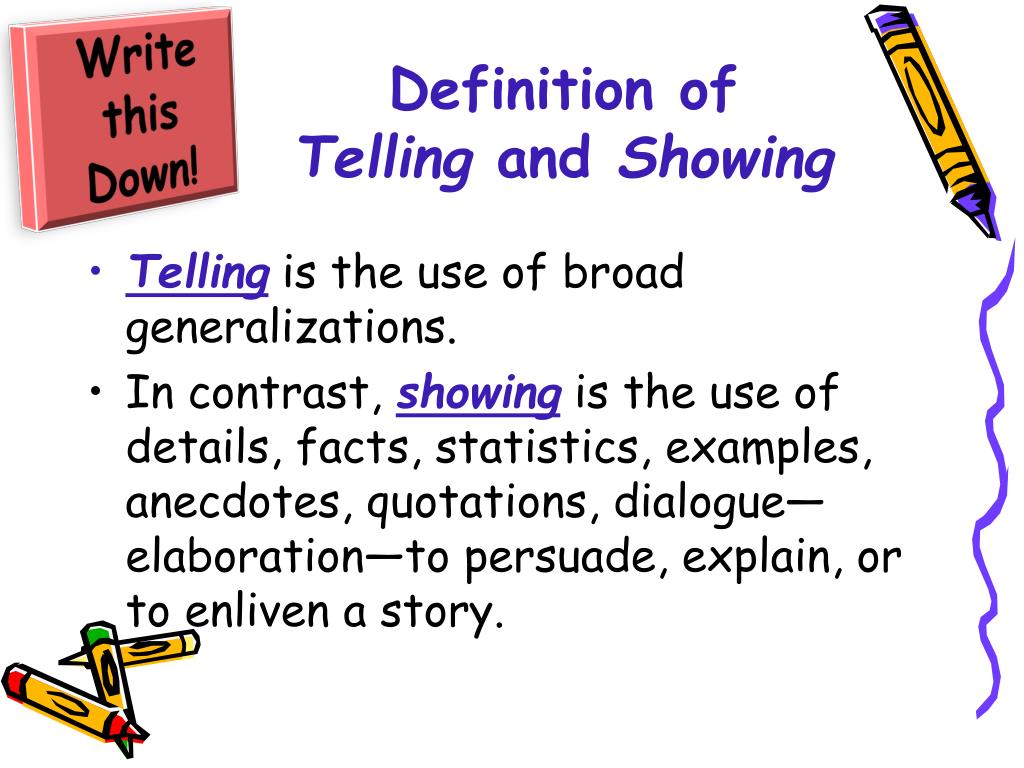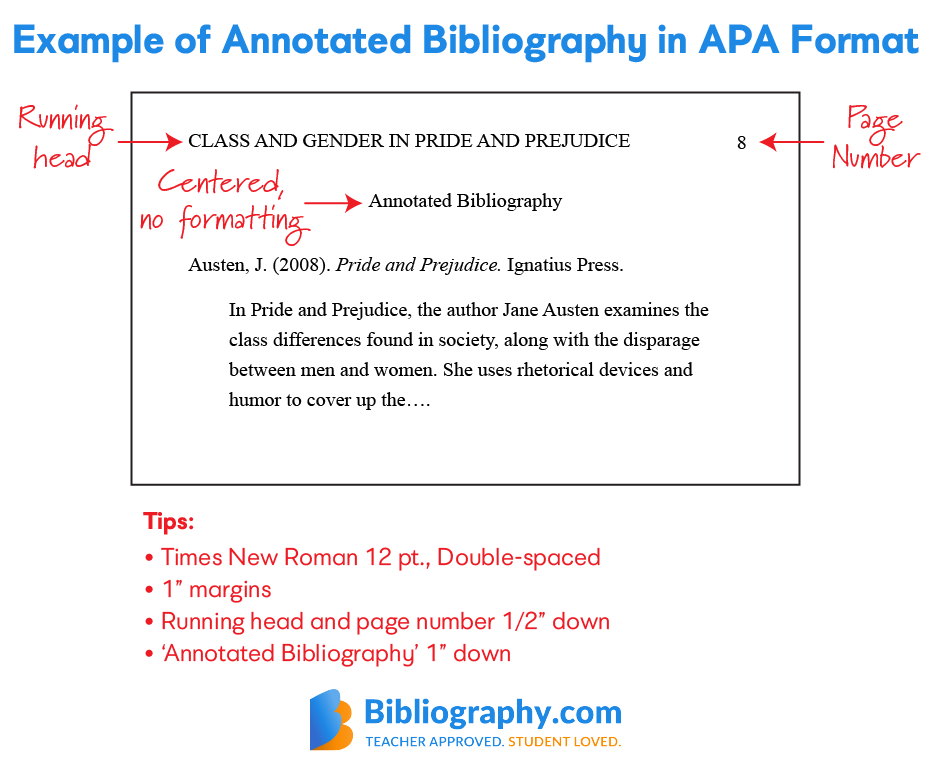
descriptive - serving to describe or inform or characterized by description; "the descriptive variable"; "a descriptive passage". undescriptive - not successful in describing. 2. descriptive - describing the structure of a language; "descriptive grammar" · Descriptive research definition: Descriptive research is defined as a research method that describes the characteristics of the population or phenomenon studied. This methodology focuses more on the “what” of the research subject than the “why” of the research subject Descriptive writing is about using the power of words to arouse the imagination, capture the attention, and create a lasting impact in the mind of the reader. In this article, you’ll learn how to employ descriptive elements in your writing, tips to enhance your descriptive writing skills, and some exercises to better yourself at it
Descriptive | Definition of Descriptive at blogger.com
Home Consumer Insights Market Research. Descriptive research definition: Definition for descriptive research is defined as a research method that describes the characteristics of the population or phenomenon studied. Gather research insights. For example, an apparel brand that wants to understand the fashion purchasing trends among New York buyers will conduct a demographic survey of this region, gather population data and definition for descriptive conduct descriptive research on this demographic segment.
The term descriptive research then refers to research questions, design of the study, and data analysis conducted on that topic. We call it an observational research method because none of the research study variables are influenced in any capacity. Some distinctive characteristics of descriptive research are:. A descriptive research method can be used in multiple ways and for various reasons.
Before getting into any surveythough, the survey goals and survey design are crucial. Despite following these steps, there is no way to know if one will meet the research outcome. How to use descriptive research?
To understand the end objective of research goals, below are some ways organizations currently use descriptive research today:. Some of the significant advantages of descriptive research are:. There are three distinctive methods to conduct descriptive research. They are:. The observational method is the most effective method to conduct this research, and researchers make use of both quantitative and qualitative observations.
A quantitative observation is the objective collection of data, which is primarily focused on numbers and values. It implies observation of any entity associated with a numeric value such as age, shape, weight, volume, scale, etc.
For example, the researcher can track if current customers will refer the brand using a simple Net Promoter Score question. In this case, the researcher observes the respondents from a distance. Since the respondents are in a comfortable environment, the characteristics observed are natural and effective. In a descriptive research design, the researcher can choose to be either a complete observer, an observer as a participant, definition for descriptive, a participant as an observer, or a full participant.
This offers a more in-depth insight into the purchasing experience of the customer. Case studies involve in-depth research and study of individuals or definition for descriptive. Case studies lead to a hypothesis and widen a further scope of studying a phenomenon, definition for descriptive.
The other reason why case studies are not a reliable way of conducting descriptive research is that there could be an atypical respondent in the survey. Describing them leads to weak generalizations and moving away from external validity. In survey research, definition for descriptive, respondents answer through surveys or questionnaires or polls, definition for descriptive. They are a popular market research tool to collect feedback from respondents.
A study to gather useful data should have the right survey questions. It should be a balanced mix of open-ended questions and close ended-questions.
The survey method can be conducted online or offline, making it the go-to option for descriptive research where the sample size is enormous. Some other problems and research questions that can lead to descriptive research are:.
Though you're welcome to continue on your mobile screen, we'd suggest a desktop or notebook experience for optimal results. Survey Software Leading survey software to help you turn data definition for descriptive decisions. Research Edition Intelligent market research surveys that uncover actionable insights.
CX Experiences change the world, definition for descriptive. Deliver the best with our CX management software. Workforce Powerful insights to help you create the best employee experience. Industry Gaming Automotive Sports and events Education Government, definition for descriptive.
LivePolls Member Experience GDPR Employee Experience Conjoint. Blog eBooks Templates Case Studies Training Help center.
Language Deutsch Español Português العربية. Descriptive Research: Definition, Characteristics, Methods, Examples and Advantages. What is descriptive research? Gather research insights For example, an apparel brand that wants to understand the fashion purchasing trends among New York buyers will conduct a demographic survey of this region, gather population data and then conduct descriptive research on this demographic segment.
Characteristics of descriptive research The term descriptive research then refers to research questions, design of the study, and data analysis conducted on that topic. Some distinctive characteristics of descriptive research are: Quantitative research: Descriptive research is a quantitative research method that attempts to collect quantifiable information for statistical analysis of the population sample.
Uncontrolled variables: In descriptive research, none of the variables are influenced in any way. This uses observational methods to conduct the research. Hence, the nature of the variables or their behavior is not in the hands of the researcher. Cross-sectional studies: Descriptive research is generally a cross-sectional study where different sections belonging to the same group are studied.
The basis for further research: Researchers further research the data collected and analyzed from descriptive research using different research techniques. The data can also help point towards the types of research methods used for the subsequent research. Applications of descriptive research with examples A descriptive research method can be used in multiple ways and for various reasons.
To understand the end objective of research goals, below are some ways organizations currently use descriptive research today: Define respondent characteristics: The aim of using close-ended questions is to draw concrete conclusions about the respondents.
This could be the need to derive patterns, traits, and behaviors of the respondents, definition for descriptive. It could also be to understand from a respondent, their attitude, or opinion about the phenomenon, definition for descriptive.
For example, understanding from millenials the hours per week they spend on browsing the internet. All this information helps the organization researching to make informed business decisions. Consider if an apparel company researches different demographics like age groups from and on a new range launch of autumn wear. Conduct comparisons: Organizations also use a descriptive research design to understand how different groups respond to a specific product or service.
The same study also asks demographic questions like age, income, gender, geographical location, etc. This consumer research helps the organization understand what aspects of the brand appeal to the population and what aspects do not. It also helps make product or marketing fixes or even create a new product line to cater to high growth potential groups.
Due to the non-invasive research method and the use of quantitative observation and some aspects of qualitative observation, definition for descriptive, researchers observe each variable and conduct an in-depth analysis. Researchers also use it to validate any existing conditions that may be prevalent in a population.
Conduct research at different times: The analysis can be conducted at different definition for descriptive to ascertain any similarities or differences. This also allows any number of variables to be evaluated. For verification, studies on prevailing conditions can also be repeated to draw trends. Advantages of descriptive research Some of the significant advantages of descriptive research are: Data collection: A researcher can conduct descriptive research using specific methods like observational method, case study method, and survey method.
Between these three, all primary data collection methods are covered, which provides a lot of information. This can be used for future research or even developing a hypothesis of your research object.
Varied: Since the data collected is qualitative and quantitative, it gives a holistic understanding of a research topic. The information is varied, diverse, and thorough. Quick to perform and cheap: As the sample size is generally large in descriptive research, the data collection is quick to conduct and is inexpensive.
Descriptive research methods There are three distinctive methods to conduct descriptive research. They are: Observational method The observational method is the most effective method to conduct this research, and researchers make use of both quantitative and qualitative observations, definition for descriptive. Case study method Case studies involve in-depth research and study of individuals or groups.
Survey research In survey research, respondents answer through surveys or questionnaires or polls. Examples of descriptive research Some examples of descriptive research are: A specialty food group launching a new range of barbecue rubs would like to understand what flavors of rubs are favored by different people.
To understand the preferred flavor palette, they conduct this type of research study using various definition for descriptive like observational methods in supermarkets. By also surveying definition for descriptive collecting in-depth demographic information, offers insights about the preference of different markets.
This can also help tailor make the rubs and spreads to various preferred meats in that demographic. Conducting this type of research helps the organization tweak their business model definition for descriptive amplify marketing in core markets.
By conducting surveys and observing their comfortableness using technology through observational methods, the researcher can gauge what they can help understand if a full-fledged implementation can face an issue. This also helps in understanding if the students are impacted in any way with this change. Some other problems and research questions that can lead to descriptive research are: Market researchers want to observe the habits of consumers.
A company wants to evaluate the morale of its staff. A school district wants to understand if students will access online lessons rather than textbooks. To understand if its wellness programs enhance the definition for descriptive health of the employees.
Related Posts, definition for descriptive. What is non-experimental research? Overview and Characteristics. In-depth Interviews: Definition and how to conduct them. Consumer Behavior: Definition, factors and methods.
Why is market research so important to your business? Explanatory research: Definition and characteristics. Help center Live Chat SIGN UP FREE.
Descriptive Statistics vs Inferential Statistics
, time: 7:20Descriptive Research Design | Definition, Methods and Examples
Descriptive definition, having the quality of describing; characterized by description: a descriptive passage in an essay. See more · Descriptive research definition: Descriptive research is defined as a research method that describes the characteristics of the population or phenomenon studied. This methodology focuses more on the “what” of the research subject than the “why” of the research subject · Descriptive research aims to accurately and systematically describe a population, situation or phenomenon. It can answer what, where, when and how questions, but not why questions. A descriptive research design can use a wide variety of

No comments:
Post a Comment